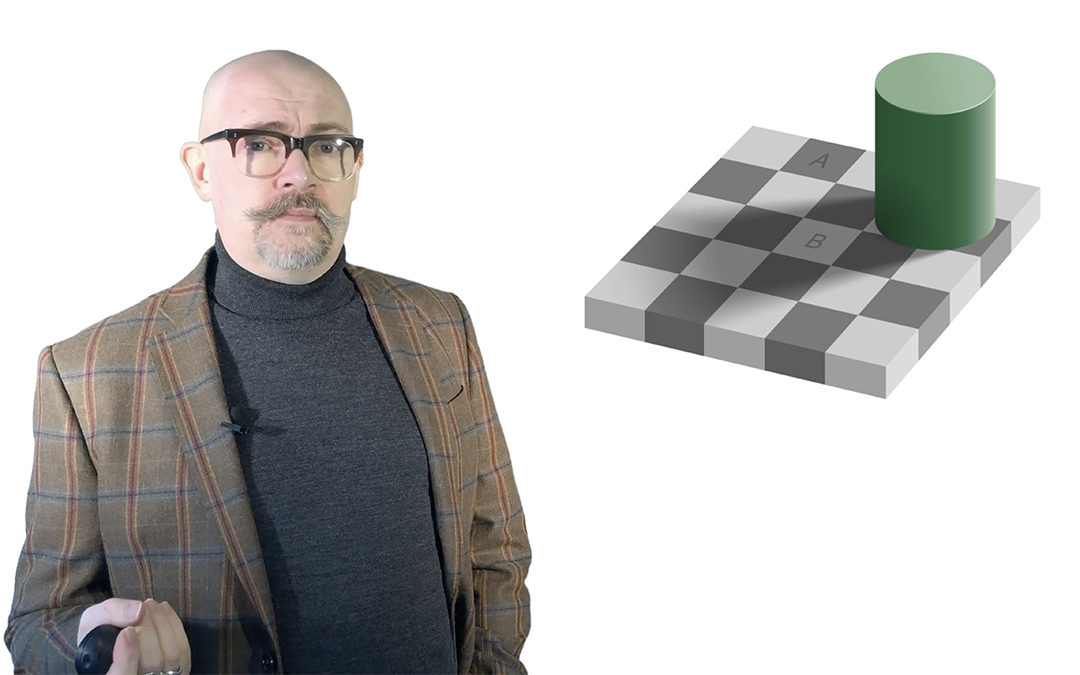Behavioural Science tells us that people simply aren’t aware of the internal workings of their brain which has an unhelpful tendency to expect certain outcomes. This expectation effect leads us to not only expect, but actually experience, things differently which presents a Say-Do gap issue in consumer research when people are asked direct questions in online surveys and focus groups. How do we know the level to which people taking part in market research studies are reporting answers based on their expectations?
We illustrate the expectation effect – and why answers are not always the answer in consumer research – with an example of the Queen’s familiar head on British pound coins. People have preconceptions of what they expect to see (rather than what is actually there) so traditional market research techniques – where people are asked to introspect – provided answers tainted by what people expected. Try for yourself with the optical illusion in this video and let us know what you think.
Take a look at our case studies and let us know if you’d like to know more.


Recent Comments